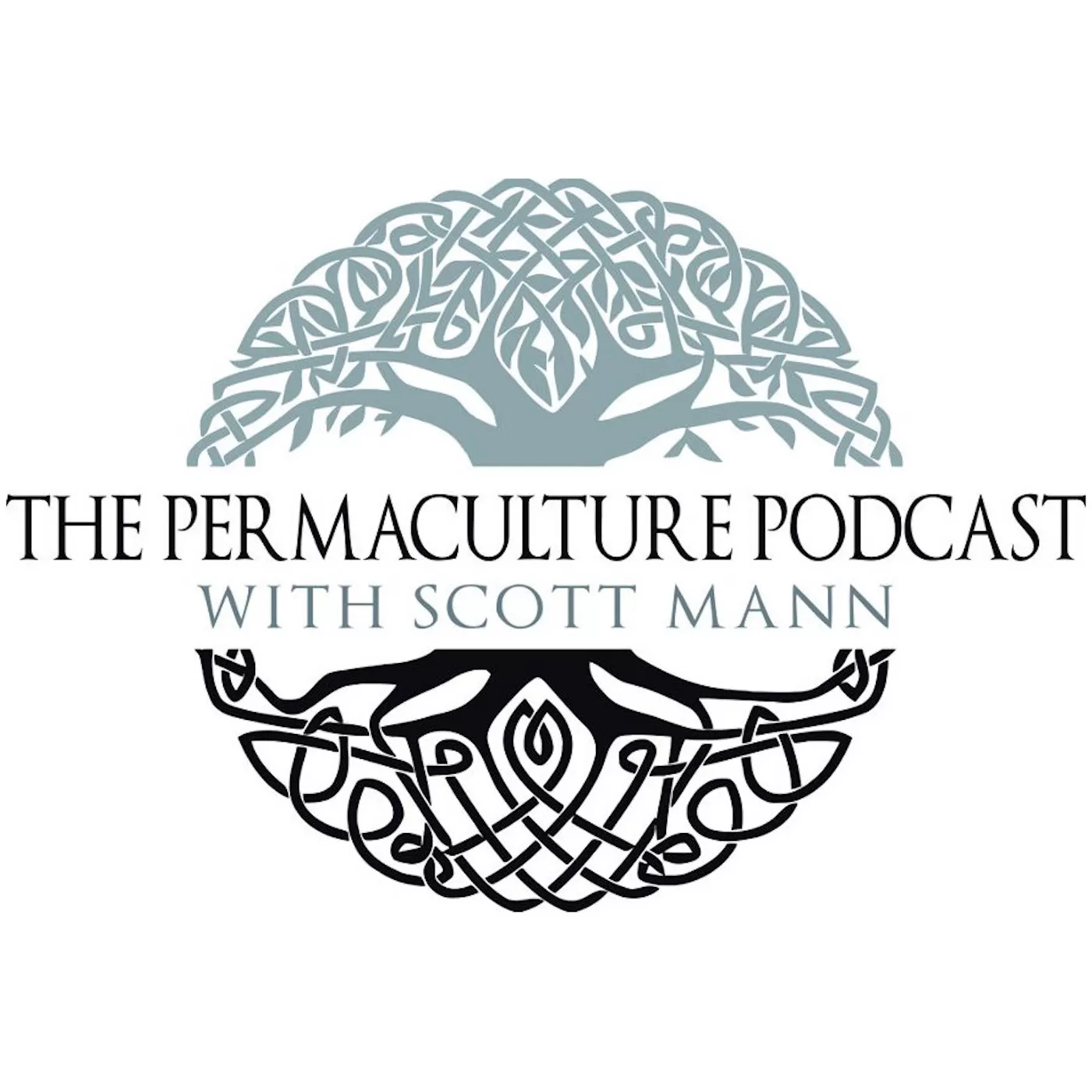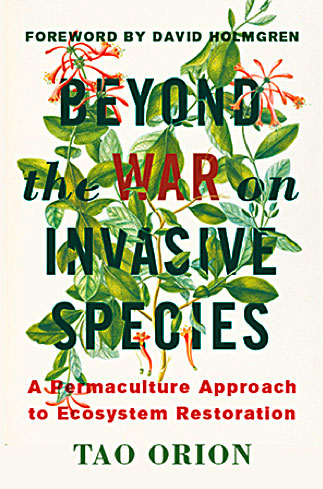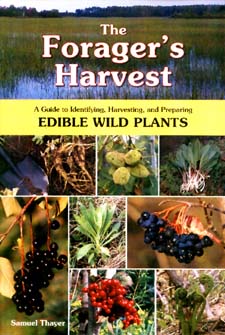Tao Orion - Beyond the War on Invasive Species


My guest for this episode is Tao Orion, author of Beyond the War on Invasive Species. Her book and the concepts of war and invasion form the basis of our conversation today.
We take a broad view approach to this idea and move from the underpinnings of her perspective, stemming from heavy research that is well documented in the book, to the idea of restoration and how many modern techniques depend heavily on the chemical weapons of our war on plants: herbicides. Wrapping up Tao answers a series of listener questions. If you have questions after listening to this interview, get in touch with me. I’d like to have Tao back on the show in the near future so we can follow up on many of the ideas presented here. Email or call in with what you would like to know more about. The Permaculture Podcast or Finally, before we begin, this show is listener supported. Make a one time contribution using the donate link on the right hand side of the main page or become a recurring monthly patron at Patreon.
You can find Tao's book, Beyond the War on Invasive Species at ChelseaGreen.com. If you use this link to purchase this book, a portion of the coverprice goes towards supporting this show. Something that I like very much about her book is how well researched it is, with copious endnotes. Whether or not you agree with Tao’s perspective on invasive species, there is no question where her ideas and evidence arose from. As someone who wants to see more scientific literacy and research in permaculture literature, I see this book as an entry into a new model for how to proceed with writing material for the community as well as a broader audience, filling a niche between a pop-science book and a peer reviewed journal entry. From there, what stood out for me in this conversation with Tao was her long-term, conscious approach to our interactions and decision making processes that extends our perspective forward, and backward, in time and space to consider not only what got us to this moment, but also where things can go into the future. The smooth cordgrass and being able to imagine that kind of ecological change based on the environment being constantly in state of transition. With that is the broadscale view of how to impact the problems that arise by digging down into the issue and creating larger, elegant solution. We are drawn out to ask bigger questions. Far too often, from my own personal experiences, it is easy to drill into the details without doing a larger analysis. We make decisions on the micro scale, rather than pulling out our macro-scope. A zone analysis is done of a single divisible space, be that land or waterway, and track the influences on it, but don’t step back and do that same analysis for the watershed or biome where that space is located. As we look to interface with larger problems and bring systems thinking to bear upon it, then we must step back and look at the systems that are at play, which brings us back to not looking at just the landscape, but also the social and economic structures. In doing so we can make choices that use the principles of permaculture to satisfy the ethics in a way that can have incredibly far reaching and lasting change. If there is anyway I can assist you in the problems and issues you face, get in touch. Email: The Permaculture Podcast From here, when this episode goes live I will be on my way to Kentucky for Radicle Gathering. If you are in the area and want to swing by the event starts Thursday August 20 and runs through Sunday August 23, 2015. Tickets for the event are very reasonable, and there is camping allowed on-site so you can stay the whole weekend and learn about earth skills and permaculture, plus get to listen to great music each night. Find out more at RadicleGathering.com Until the next time, take care of Earth, yourself, and each other.


